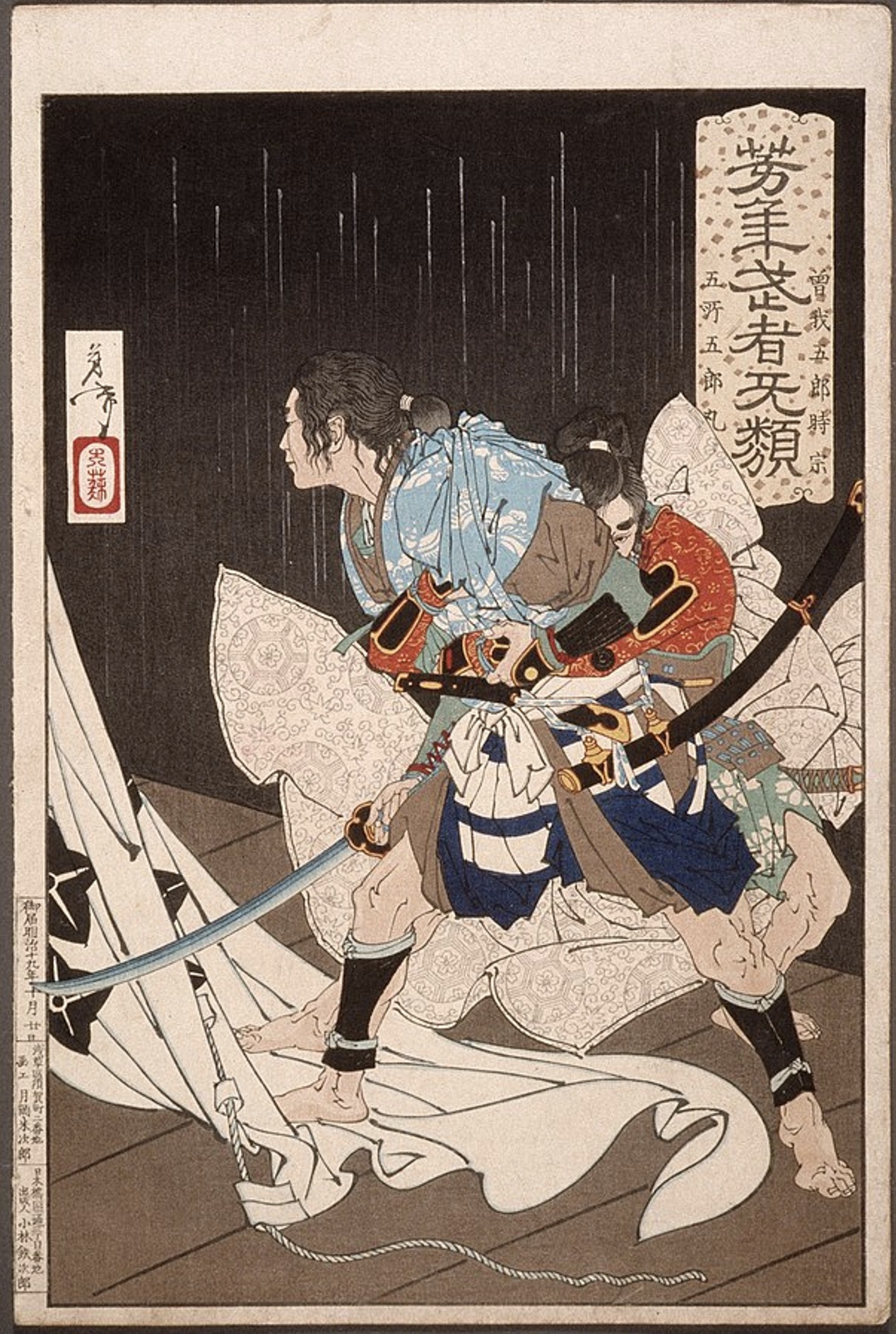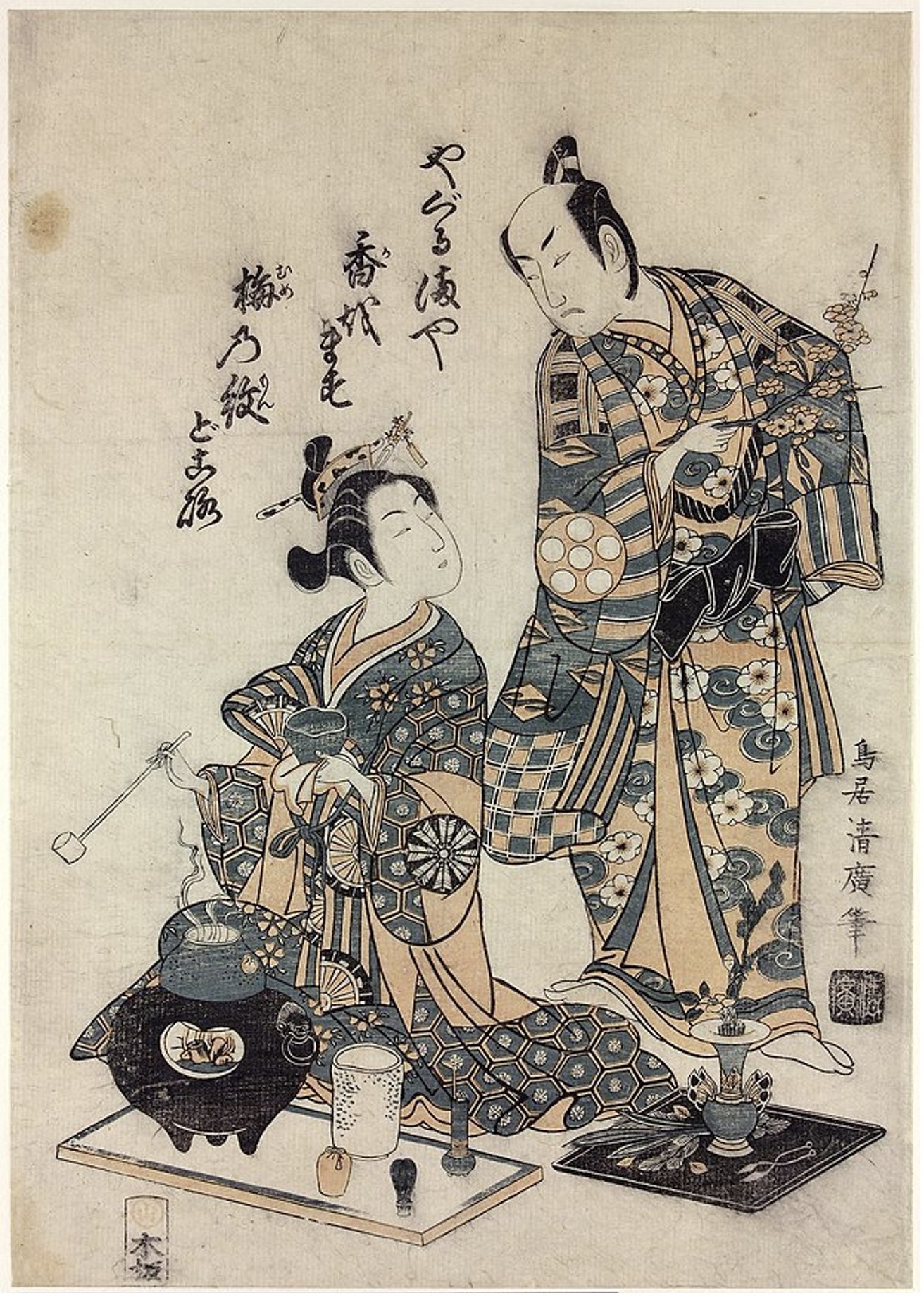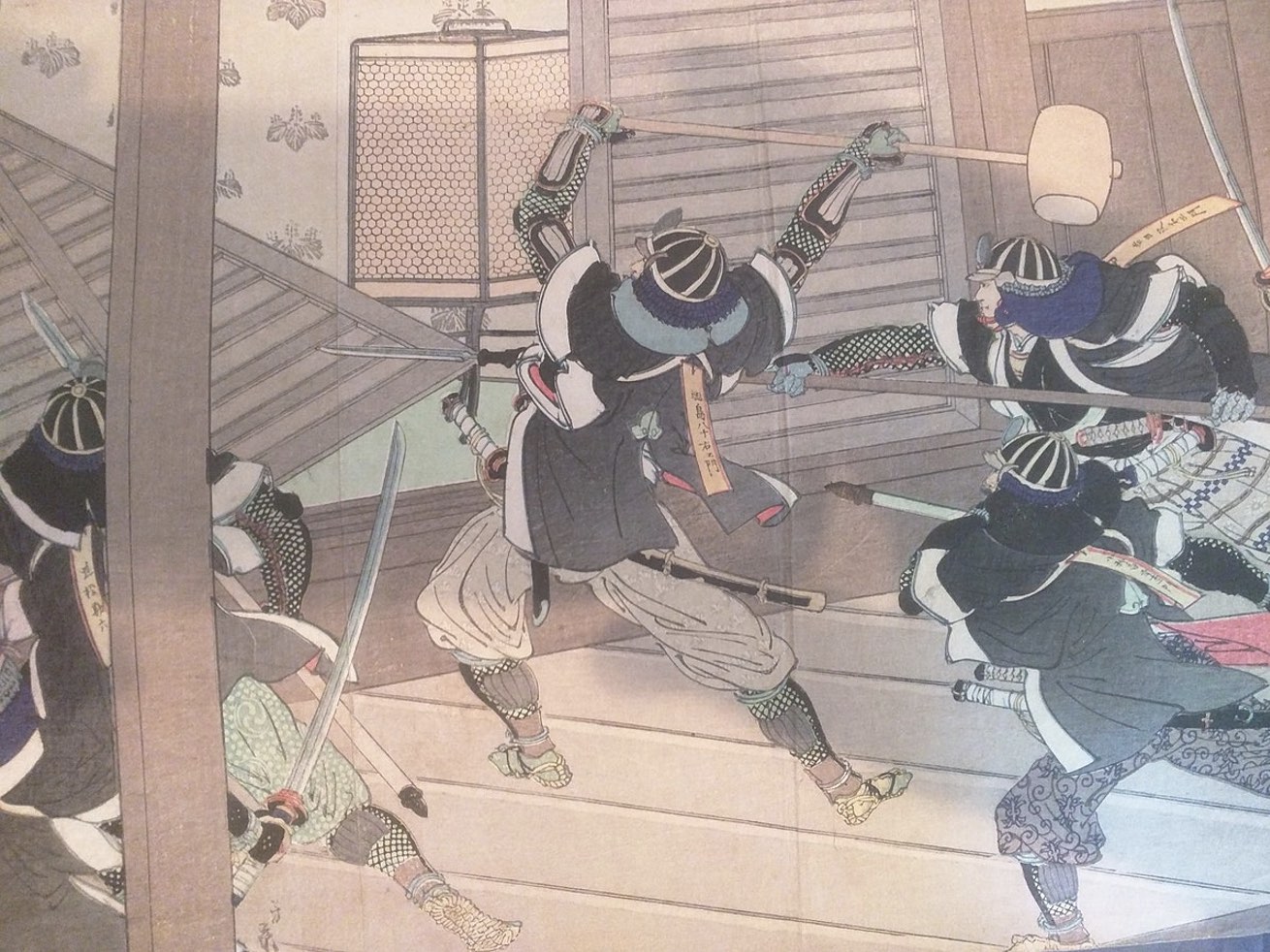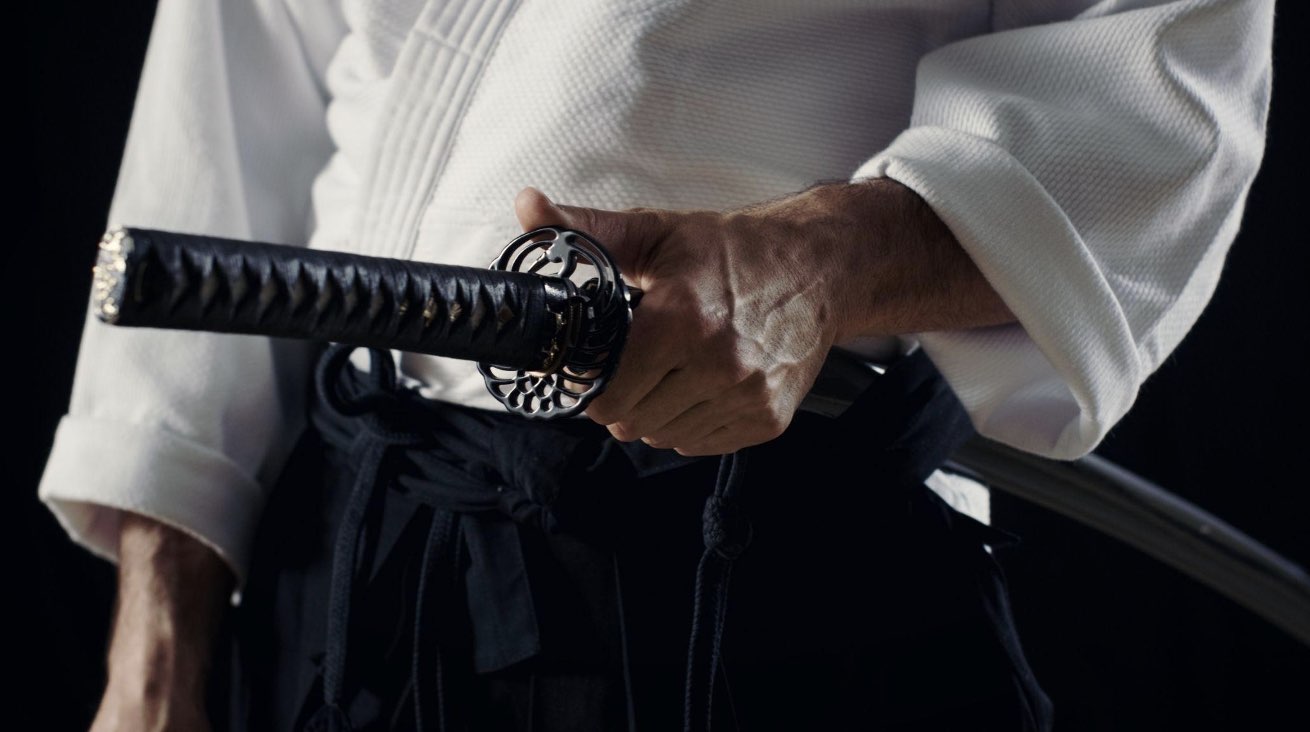Oct 29 (News about Japan) – The samurai caste lasted for seven centuries, from the late 12th century to the late 19th century, witnessing shifts in rulers, eras, and values. Yet their dedication to duty and honor remained steadfast.
Although these people were often seen as symbols of brave warriors, they also left an indelible mark on contemporary Japanese development of art and culture.
For a source of inspiration about courage and integrity, browse a collection of samurai photos at Depositphotosand read this article in depth. It explores how these elite warrior formations shaped the modern culture of the Land of the Rising Sun.
Symbolism and power in traditional samurai images
Samurai are the ultimate symbol of the perfect warrior and citizen, dedicated to their rule. In addition to their mastery of the sword, their craft included much more. Throughout their existence, samurai were considered an aristocracy and were expected to be well educated. They were skilled in mathematics and cherished several distinctive Japanese arts, such as the tea ceremony and ikebana. Their philosophy was deeply rooted in Zen Buddhism.
Let’s delve into the fascinating traditions of the samurai and explore how they have developed in modern-day Japan.
Bushido
For centuries, samurai were bound by strict codes of honor. These rules, known as bushido or “the way of the warrior,” include three fundamental principles in the Japanese language: “bu,” which includes not only the mastery of weapons but also non-martial arts such as calligraphy and literature; ‘shi’, meaning a noble individual who holds a high social position and is willing to take up arms when necessary; and ‘doing’, which represents the way or path.
While many believe that bushido is a universal moral compass for all samurai, the reality is that its principles have varied between different eras and samurai clans. In the Edo period, Saito Chikamori outlined nine fundamental principles:
1. Sincerity
2. Responsibility
3. Frugality
4. Politeness
5. Modesty
6. Loyalty
7. Harmony
8. Rest
9. Compassion
The courage and loyalty of Japanese warriors who adhered to these principles were vividly depicted by Japanese engraver Tsukioka Yoshitoshi in his samurai art series “Courageous Warriors.” Each piece consists of 33 engravings and tells legends of famous samurai, showcasing their courage and selflessness. For example, one painting, “Soga no Gorō Tokimune Held Back by Gosho no Gorōmaru,” tells the story of two brothers who patiently wait for the opportunity to avenge their father’s death at the hands of the nobleman Suketsune.

The tea ceremony
The art of the samurai often contains references to tea ceremonies, and this is no coincidence. The system of rules for preparing tea, known as Sadō or Chano-yu, originated in Japan in the 12th century under the influence of Buddhist monks. They used this warm drink to maintain focus during meditation. According to the Bushido code, samurai also valued discipline, concentration and self-control, so they adopted these practices from Buddhist monks. The principles of the tea ceremony were developed in the 14th century by tea master Murata Juko, who was a close friend of the shogun of the samurai government, Ashikaga Yoshimitsu.
Tea ceremonies among samurai even helped resolve conflicts. During the Sengoku period, when Japan was torn by civil wars for nearly two centuries and warlords-samurais competed for influence, drinking tea became a ritual of reconciliation.
Samurai also loved to organize tea ceremonies in the company of elegant women. For example, during the Edo period there existed a separate class of oiran. They were women of pleasure, charged with entertaining esteemed guests through dance, music and conversation. Oiran was also expected to master the art of the tea ceremony. The scene of a samurai sharing a cup of tea with a woman has been depicted in countless woodblock prints, such as those by the artist Torii Kiyohiro.

Even in modern Japan, samurai-style tea ceremonies are still practiced. It is a complete ritual in which the season, the utensils, the room layout and etiquette are important.
Seppuku
When a samurai broke a vow or tried to die with honor, he committed a ritual suicide, known as seppuku. This involved cutting open the abdomen and was referred to by various names, such as harakiri, kappuku or tofuku. Ritual suicides originated in Japan in the 11th century and became part of the samurai’s code of honor during the Heian period. According to ancient Japanese beliefs, the soul was located in the abdomen, and therefore cutting it was seen as the ultimate proof of honesty.
One of the most famous examples of seppuku is the story of the 47 ronin in the 18th century. Their master was treacherously killed by a Daimyo, causing the samurai to seek revenge. However, they were later sentenced to death by the shogun as a result of their actions, resorting to seppuku. This revenge story has been immortalized in an ancient Japanese engraving by an unknown artist.

This cruel ritual was abolished in 1868 when Japan dismantled the feudal system. Furthermore, seppuku was considered a very painful and dramatic act.
Although seppuku is uncommon in modern times, some research indicates that traditional cultural beliefs in Japan still view suicide as an honorable or noble act. This is because attitudes towards suicide have historically been positive.
3 legendary samurai swords

Samurai carried two pairs of swords called daishō: katana and wakizashi. The first was a long weapon used in battle, while the second was used to finish off wounded enemies and seppuku. In ancient Japan, the sword was believed to be the soul of the samurai. It was considered a tool for defending honor, fulfilling duties and self-improvement.
Furthermore, swordsmithing in Japan was never considered merely a craft; a blacksmith could only forge a blade at the request of a samurai, not for sale.
Samurai swords are a true testament to Japanese culture. Let’s look at a few legendary examples.
Kusanagi-no-Tsurugi (Grass Cutting Sword)
Kusanagi no Tsurugi is indeed a legendary and divine sword, as it is one of the three sacred imperial regalia of Japan. The sword was last publicly displayed in 2019 when Emperor Naruhito ascended the throne. However, it was wrapped in a package. It is believed that the god Susanoo extracted Kusanagi no Tsurugi from the tail of the eight-headed serpent.
Honjo Masamune
This sword was forged by Japan’s greatest blacksmith, Gorō Nyūdō Masamune, and was named in honor of its creator. Weapons crafted by this master were highly prized for their exceptional quality and beauty. The Honjo Masamune was built for the Tokugawa shogunate during the Edo period. It was considered a sacred relic passed from one shogun to another. The Honjo Masamune is known as the finest Japanese sword ever made and is considered a national treasure of Japan.
Kogarasumaru (little crow)
Kogarasu Maru is believed to have been forged by the legendary swordsmith Amakuni during the Heian period. This sword has a unique curved blade that resembles a crow’s beak. Furthermore, it is believed to have been worn by the most respected individuals in Japan, including the famous samurai warrior Minamoto no Yorimitsu. Currently, the sword is stored in the Tokyo Imperial Collections Museum.
Historians estimate that approximately 2 million Japanese swords were produced during the samurai era. However, only 100,000 are kept in Japan, while 300,000 are held in the United States.
Conclusion
Contemporary digital samurai art often depicts brave warriors with two swords and classic Japanese armor, which have become a true symbol of the Land of the Rising Sun. As a caste, they left a lasting legacy, shaping distinct traditions and character traits in their homeland. Strict adherence to rules, tea ceremonies, absence of fear of death and cold reasoning are character traits and traditions that emerged thanks to these elite warriors.



